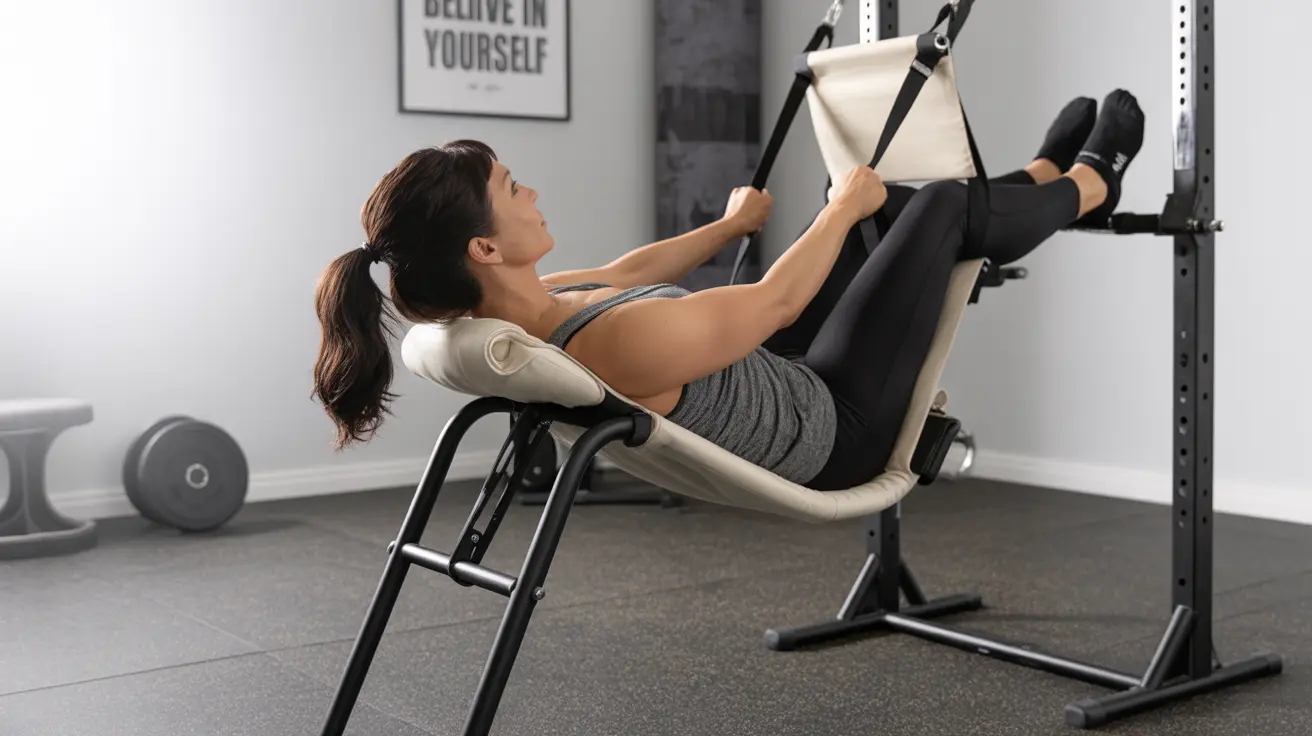Inversion table exercises have gained significant attention as a therapeutic approach for managing back pain and improving spinal health. This comprehensive guide explores how to safely incorporate inversion therapy into your wellness routine while maximizing its potential benefits for your spine and overall well-being.
Whether you're considering inversion therapy for chronic back pain or seeking to enhance your spinal health, understanding the proper techniques and safety considerations is crucial for achieving optimal results.
Understanding Inversion Table Therapy
Inversion table exercises involve using specialized equipment that allows you to hang upside down at various angles, creating natural spinal decompression through gravitational force. This controlled inversion can help relieve pressure on spinal discs and nerve roots while potentially improving circulation throughout the body.
Getting Started with Inversion Therapy
Proper Setup and Equipment Check
Before beginning any inversion exercises, ensure your table is properly assembled and adjusted to your height and weight specifications. Check all safety features, including ankle supports and locking mechanisms, before each use.
Starting Position and Angle
For beginners, it's essential to start gradually:
- Begin at a modest 15-20 degree angle
- Secure ankle supports firmly but not too tight
- Position the back rest for optimal comfort
- Ensure the table is on a level surface
Safe Inversion Techniques
Progressive Adaptation
Build your tolerance gradually with these steps:
- Start with 1-2 minutes at a slight angle
- Increase time and angle slowly over weeks
- Listen to your body's response
- Never force yourself to stay inverted if uncomfortable
Basic Inversion Exercises
Once comfortable with basic inversion, try these gentle movements:
- Deep breathing exercises while inverted
- Gentle torso rotations
- Small arm movements
- Light stretching motions
Safety Considerations and Contraindications
While inversion therapy can be beneficial, it's not suitable for everyone. Certain medical conditions may make inversion exercises unsafe, including:
- High blood pressure
- Heart conditions
- Glaucoma
- Pregnancy
- Recent surgical procedures
- Inner ear problems
Maximizing Benefits
To optimize your inversion table exercises:
- Maintain consistent practice
- Follow a structured progression
- Stay well-hydrated
- Perform exercises at the same time daily
- Keep sessions within recommended time limits
Frequently Asked Questions
What are the benefits of inversion table exercises for relieving back pain?
Inversion table exercises can help decompress the spine, reduce pressure on nerve roots, and relax tense back muscles. This may lead to significant pain relief, improved spinal alignment, and increased flexibility in the back muscles.
How do I use an inversion table safely to avoid injury or health risks?
Start with a low angle (15-20 degrees) for short durations (1-2 minutes), gradually increasing both as you become comfortable. Always secure all safety features, wear appropriate clothing, and never force yourself beyond your comfort level.
Who should avoid using inversion tables due to medical conditions?
People with high blood pressure, heart conditions, glaucoma, pregnancy, recent surgeries, or inner ear problems should avoid inversion therapy. Always consult your healthcare provider before starting inversion exercises.
How long and at what angle should I start inversion table exercises?
Begin with 1-2 minute sessions at a 15-20 degree angle. As you build tolerance, gradually increase to 3-5 minutes and progress to steeper angles, never exceeding what feels comfortable and safe.
Can inversion table exercises improve spinal flexibility and posture?
Regular inversion table exercises can help improve spinal flexibility and posture by decompressing the spine, strengthening core muscles, and promoting proper spinal alignment. Consistent practice may lead to better overall posture and increased range of motion.




